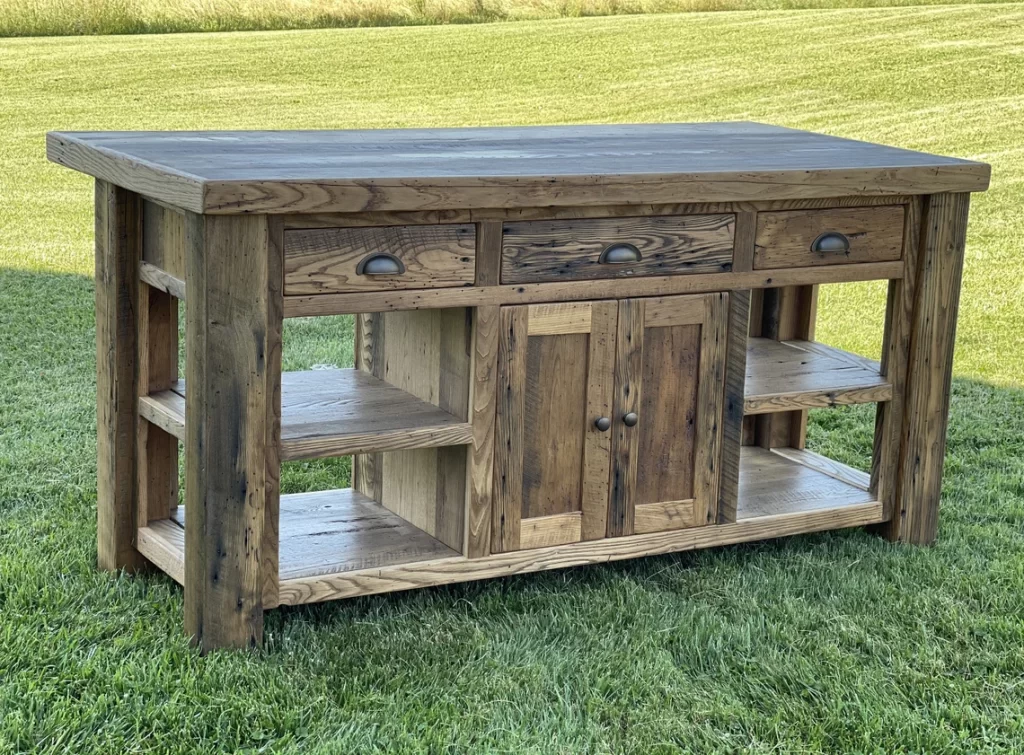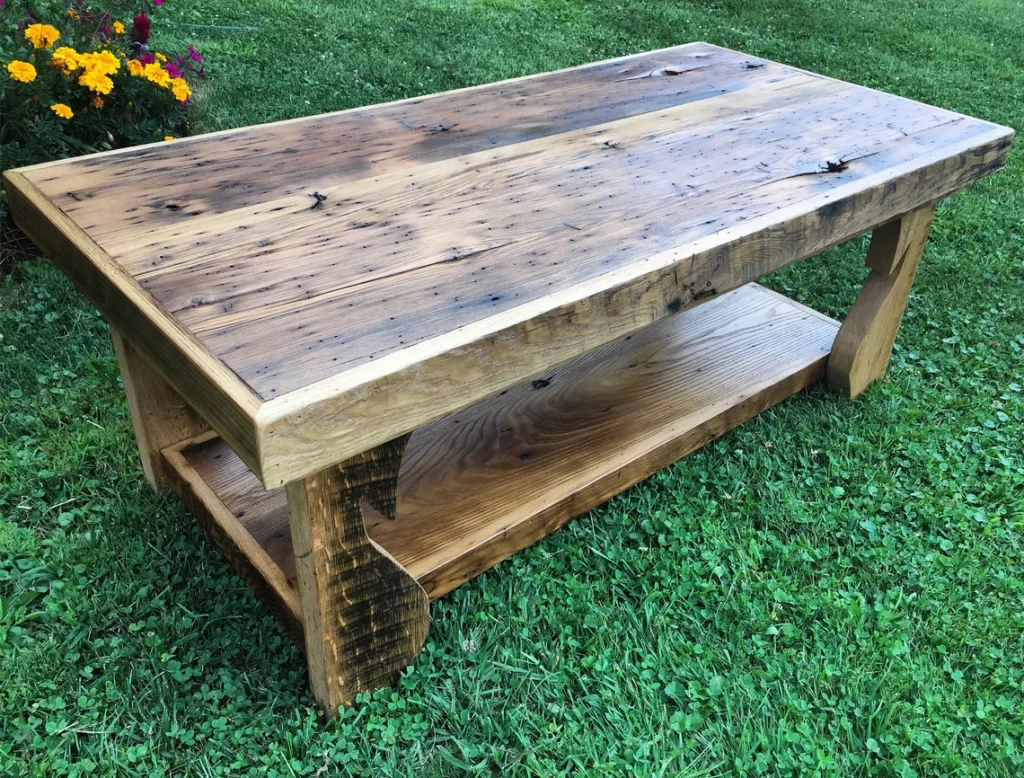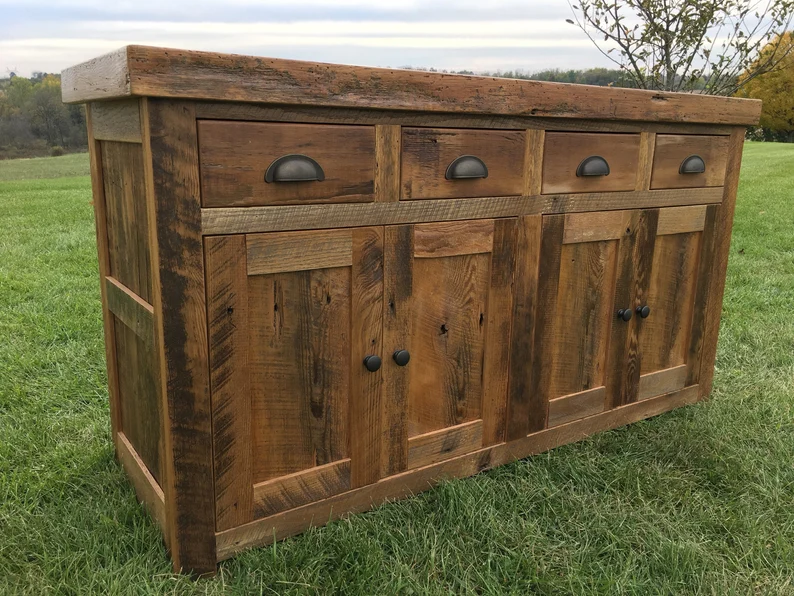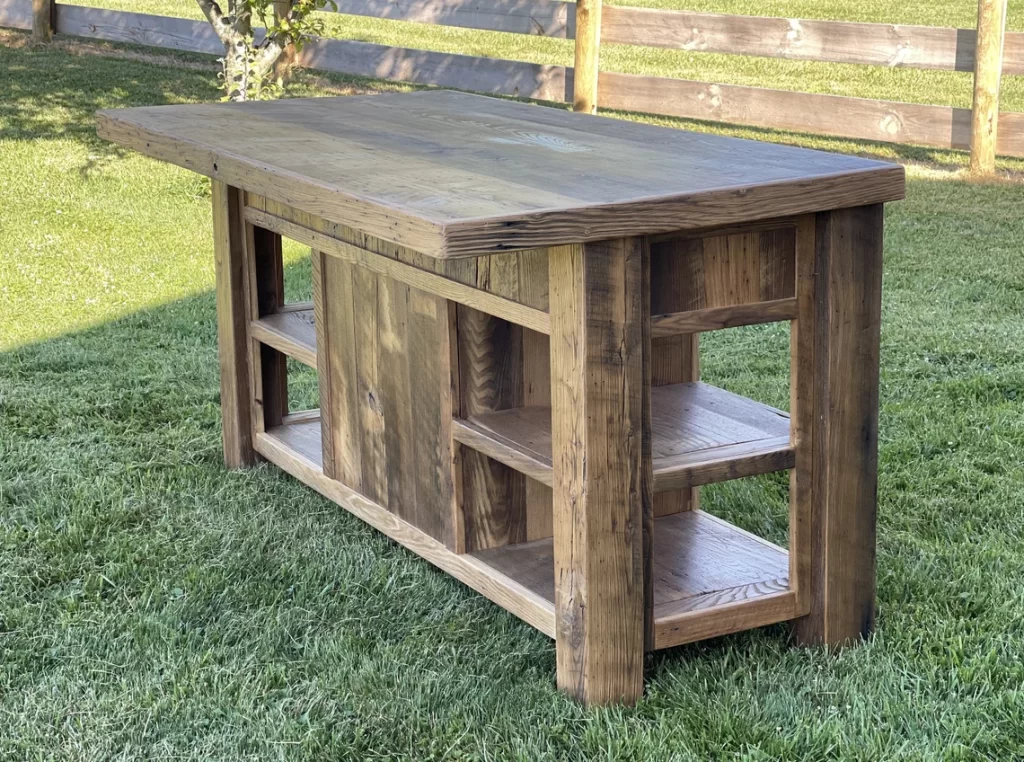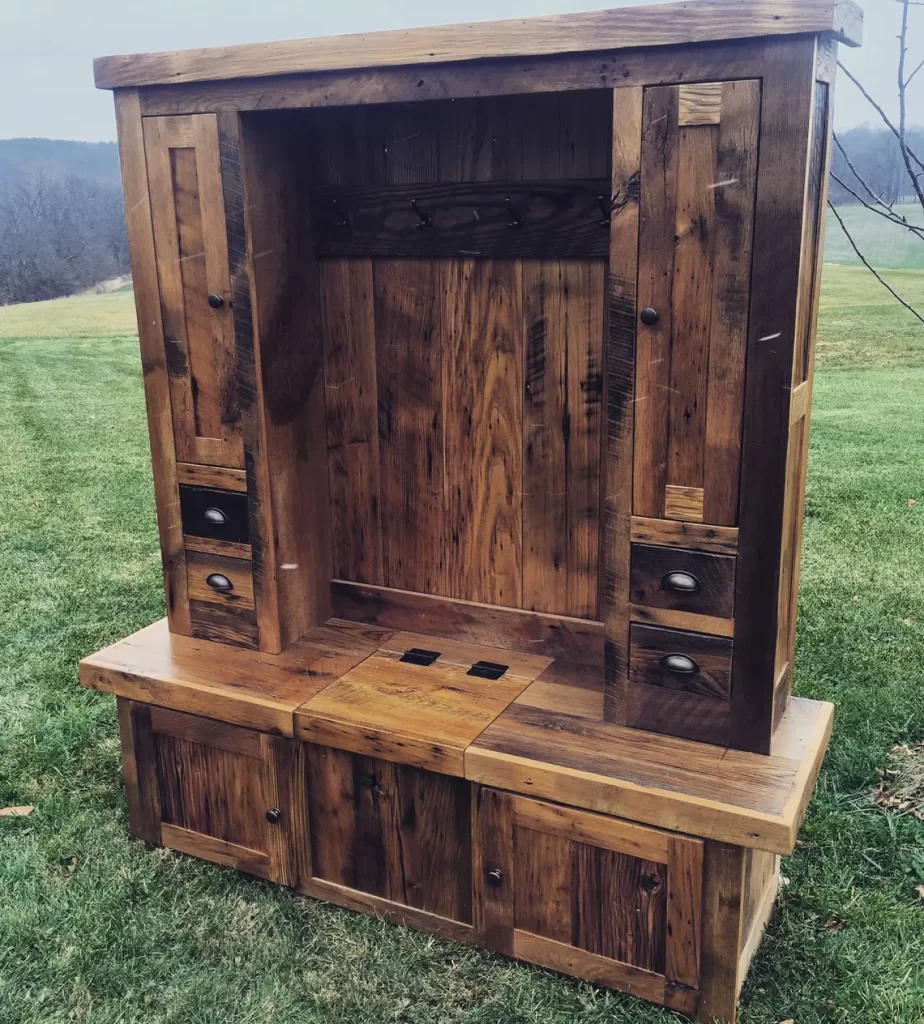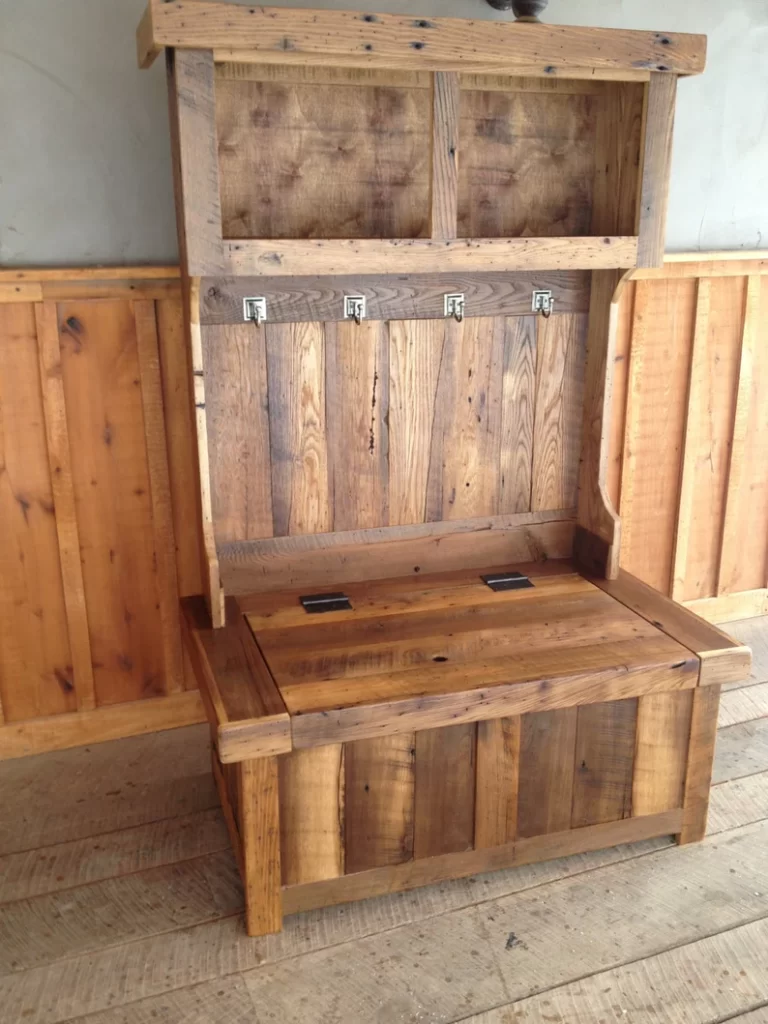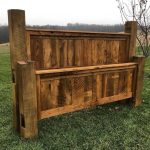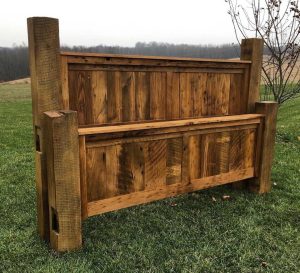The Sustainable Choice of Reclaimed Barnwood
Highlighting the Environmental Benefits Over Traditional Furniture Production
In an age where sustainability is more than just a buzzword, reclaimed barnwood has emerged as a meaningful solution for eco-conscious furniture buyers. With its rustic charm, rich history, and environmentally responsible story, reclaimed barnwood offers a compelling alternative to traditional furniture materials. More than a design trend, it represents a shift in how we value our resources and the legacy of our landscapes.
What Is Reclaimed Barnwood?
Reclaimed barnwood refers to wood salvaged from old barns, typically built in the 1800s or early 1900s, as well as other historic agricultural buildings. These structures were often constructed using old-growth lumber—strong, durable wood that today is no longer available due to forest conservation efforts and changes in logging practices.
Rather than letting this valuable material go to waste when barns fall into disrepair or are dismantled, the artisans at Unique Custom Furniture repurpose the wood into high-quality furniture.
Environmental Benefits of Reclaimed Barnwood
- Reduces Deforestation
Traditional furniture production depends heavily on harvesting new timber. This demand contributes to deforestation, habitat destruction, and carbon emissions. Reclaimed barnwood, however, is already harvested—sometimes over a century ago—meaning no new trees need to be cut down. By choosing reclaimed wood, consumers help reduce the pressure on forests and encourage more responsible land management.
- Minimizes Waste in Landfills
Every year, millions of tons of wood waste end up in landfills. Much of this wood comes from demolished buildings and barns. By reclaiming and repurposing that wood, we divert it from landfills and extend its useful life. What might otherwise be considered debris becomes a cherished heirloom piece with both character and conscience.
- Lower Carbon Footprint
The process of harvesting, milling, drying, and transporting new lumber consumes significant energy and emits greenhouse gases. Reclaimed barnwood has already undergone this lifecycle once. Using it again eliminates the need for energy-intensive processing, thereby significantly lowering the carbon footprint associated with furniture production.
- Preserves the Integrity of Old-Growth Timber
Much of the wood from old barns comes from slow-growing trees such as oak, hickory, and American chestnut, harvested before modern forestry practices took hold. This wood is denser, more stable, and often more beautiful than what’s commercially available today. By reclaiming and preserving this material, we honor a quality of resource that may never be seen again—while sparing younger forests from being cut too soon.
- Natural, Non-Toxic Aging
Unlike some modern furniture made with composite wood and treated with chemicals, reclaimed barnwood has typically weathered naturally over time. Its patina comes from exposure to the elements, not synthetic finishes. This makes it a healthier choice for homes, particularly for those sensitive to VOCs (volatile organic compounds) often found in new furniture materials.
Beyond Sustainability: A Story in Every Grain
While the environmental advantages are compelling, reclaimed barnwood also brings something deeply personal to the table—character and history. Each board carries the marks of time: nail holes, saw marks, and weathered knots that tell a story. No two pieces are the same, and the uniqueness adds a soulfulness that mass-produced furniture simply can’t replicate.
Conclusion
Choosing reclaimed barnwood furniture isn’t just about aesthetics—it’s about making a conscious decision that benefits the environment. From reducing deforestation to lowering emissions and giving new life to historic materials, reclaimed barnwood offers a sustainable and soulful alternative to traditional furniture production. It’s a choice that reflects care—for the planet, for history, and for the generations to come.
